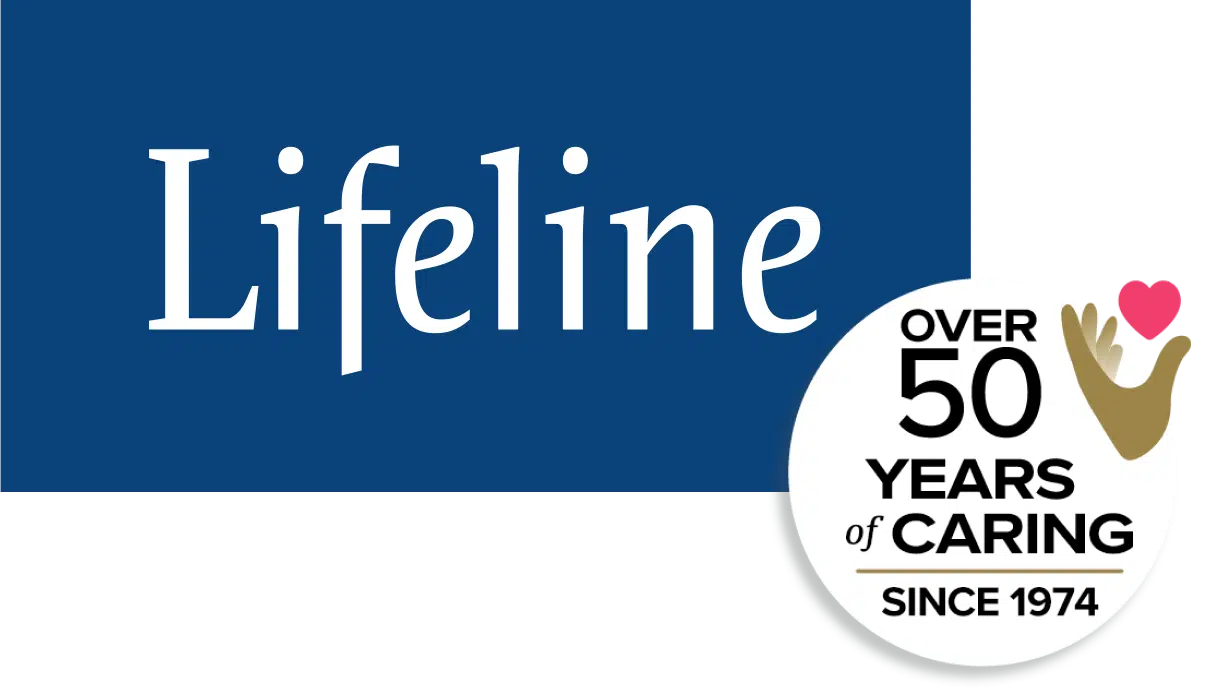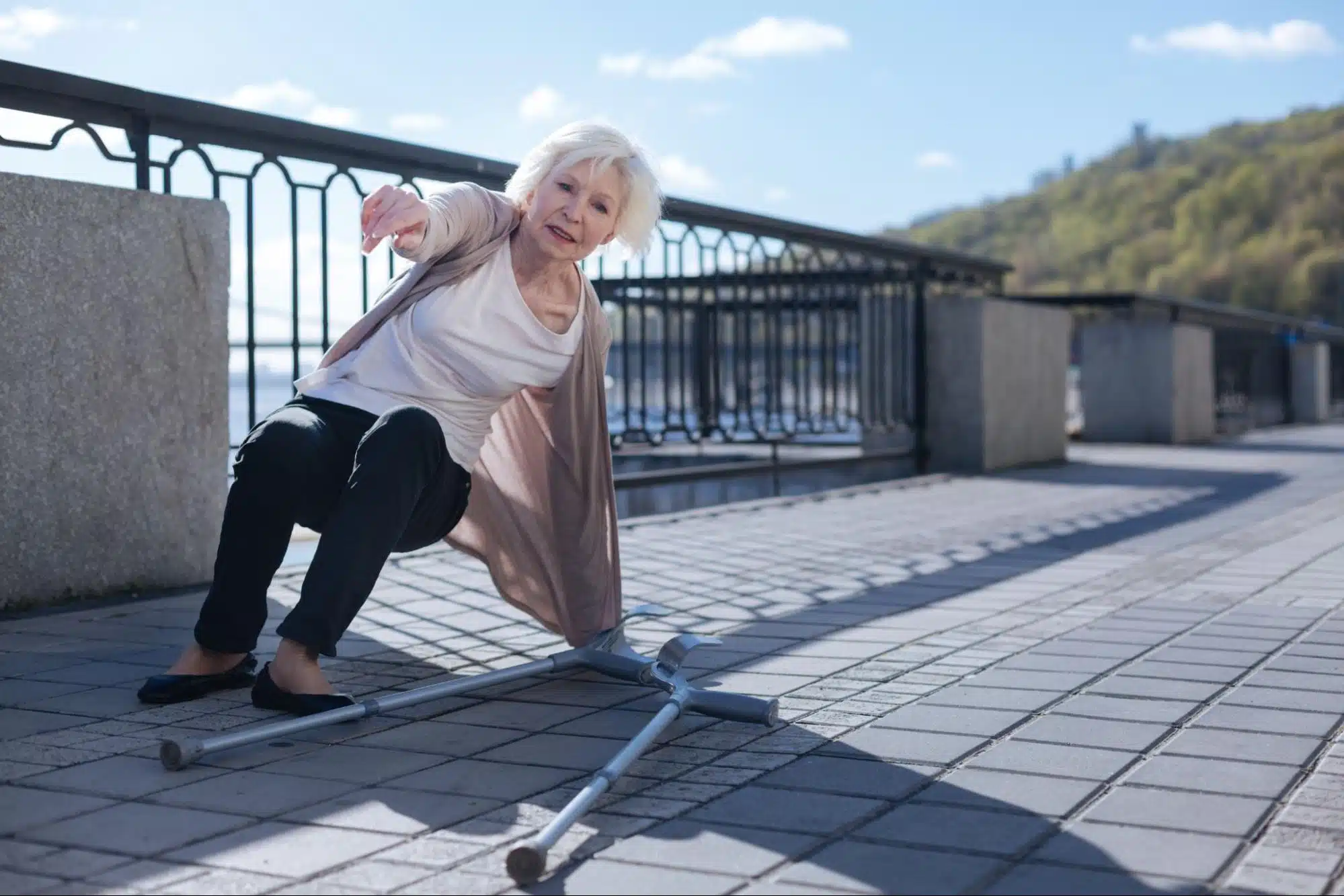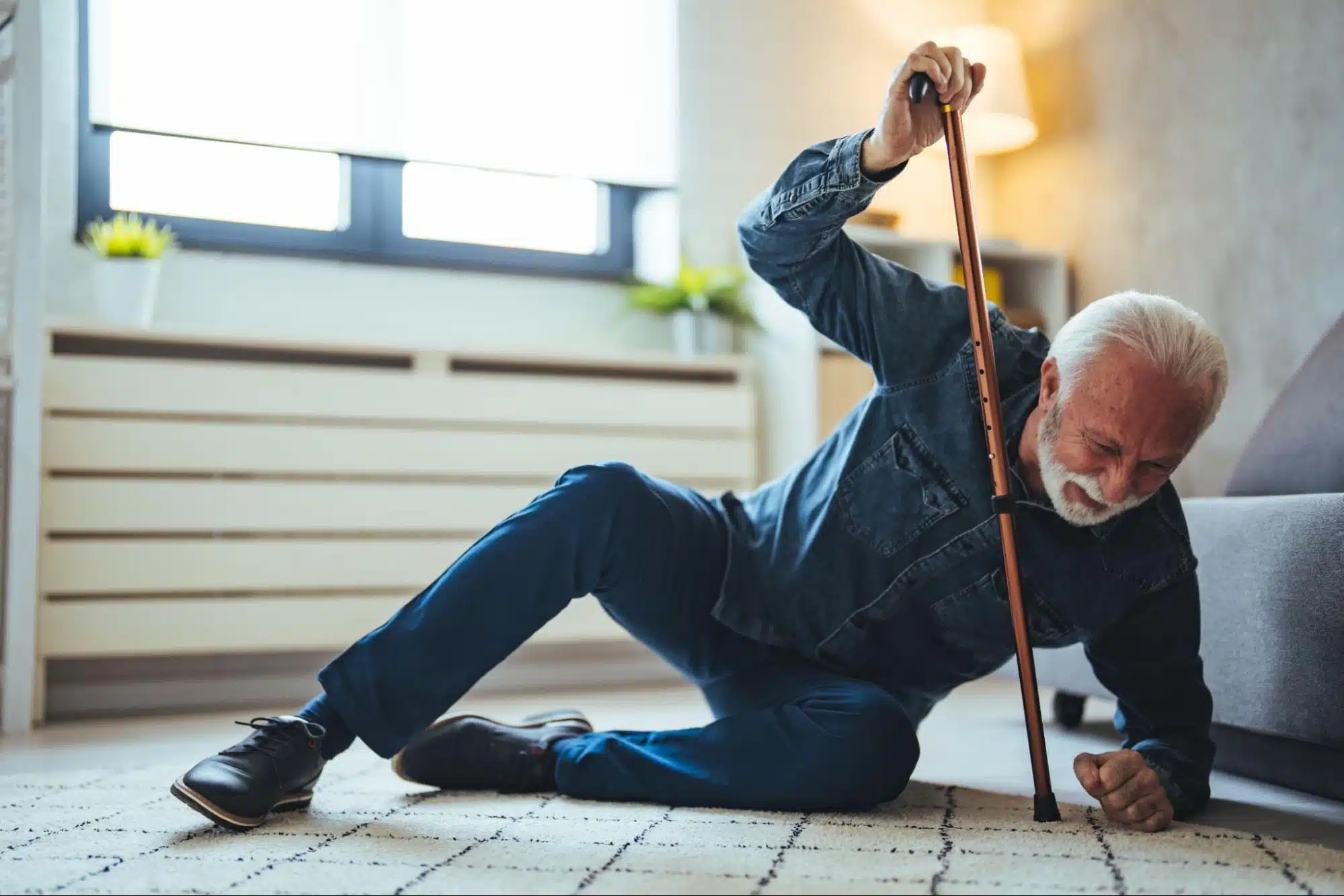How to Get Up Safely After a Fall: A Step-by-Step Guide for Seniors
Author: Lifeline Canada
Date: 19 November 2024
Falls are a common concern for seniors, with nearly one in three older adults experiencing a fall each year in Canada. While falls can cause anxiety, especially about potential injury, it’s important to remember that they can be managed safely if approached cautiously. The key is to avoid rushing to get up, as this can lead to further injury. Instead, focus on assessing your condition first and being aware of hazards around you, such as slippery floors or sharp objects. Staying calm during this time is critical in preventing additional harm.
If you experience a fall, it’s important to have a reliable way to call for help, such as Lifeline’s emergency response services. These services ensure that help is available quickly, reducing the risk of complications from serious injuries like fractures or head trauma.
Disclaimer: Don’t disregard professional medical advice, or delay seeking it, because of what you read here. This information is not intended as a substitute for professional consultation, diagnosis, or treatment; it is provided “as is” without any representations or warranties, express or implied. Always follow the advice of a healthcare provider, and we encourage you to connect with a medical professional if falls become increasingly common.
Assessing the Situation
Before attempting to get up after a fall, take a moment to assess your situation. Moving too quickly could worsen an injury you may not immediately notice, such as a sprain or bruise. First, check if you feel any sharp pain or dizziness, which could indicate a more severe injury. If you suspect that standing could increase the risk of further injury, it’s important to stay still and call for help, whether by using an emergency alert system like Lifeline or shouting for assistance if someone is nearby.
Next, examine your surroundings. Are there any potential hazards around you that contributed to your fall, such as a slippery floor or an object you tripped over? Take note of anything that could make it difficult or dangerous to get back up.
When to Stay Still and Seek Help
There are times when it’s safer to remain where you are and wait for help. If you experience significant pain, confusion, or dizziness, standing up alone could put you at risk for another fall or a more serious injury. Head injuries, in particular, are a reason to stay still and seek immediate medical attention. If you feel unsure or unsafe in any way, prioritize getting help rather than attempting to get up on your own.
Tip: Keeping a personal alert system like Lifeline Canada’s Homesafe with Fall Detection or On The Go close by ensures that help is always available, even when you’re alone.
Please note that not all medical alert systems have fall detection technology. When choosing a device, it’s critical to opt for one that has automatic fall detection for added peace of mind and understanding.
Step-by-Step Instructions
If, after assessing your situation, you feel confident that it’s safe to get up, follow these step-by-step instructions to minimize the risk of further injury. Remember, it’s essential to take your time and proceed slowly.
1. Rolling onto Your Side
Start by rolling gently onto your side to alleviate any pressure on your back or joints. Use your arms to support this movement, ensuring that you don’t place too much strain on any potential injuries. Position your hands in front of you, preparing to push up onto your elbows.
2. Crawling to a Stable Surface
Once you’re on your side, the next step is to find a stable object to help you rise to a seated or kneeling position. Look for something sturdy, such as a chair or couch, that can support your weight. Slowly crawl or scoot towards the object, using your arms and legs to guide you. Avoid rushing or making any sudden movements.
3. Pushing to Kneeling Position
With a stable surface in front of you, use your arms to push yourself into a kneeling position. You may find it helpful to place one knee forward to create balance. If kneeling causes discomfort, try shifting your weight onto one side or using a soft object under your knee for support.
4. Standing Slowly
With both hands on the stable surface, push up gradually into a standing position. Move slowly to avoid feeling lightheaded or dizzy, which could result in another fall. Once standing, take a moment to ensure that you feel steady and balanced before attempting to move further.
By following these steps carefully, you can reduce the chances of aggravating an injury or falling again. It’s also a good idea to practice these steps with a caregiver or family member so you feel confident in your ability to get up safely if a fall occurs.
Recovery Tips
After successfully getting back on your feet, stand still for a moment to regain your balance before moving. It’s common to feel a bit disoriented after a fall, so give your body time to stabilize and then move to an area where you can be seated.
Next, check yourself for any signs of injury, such as cuts, bruises, or swelling. Even if you don’t feel immediate pain, it’s wise to monitor how your body feels over the next few hours, as soreness or stiffness may develop later.
If you have a walker or cane, use it for additional support as you move around, even if you feel okay. These mobility aids can help prevent future falls while your body recovers.
When to Contact a Healthcare Provider
Even if you manage to get up safely, there are times when it’s important to seek medical advice. If you notice persistent pain, trouble walking, or any other unusual symptoms, it’s a good idea to call your doctor for an evaluation. Seniors are especially susceptible to delayed symptoms, so it’s always better to err on the side of caution.
Tip: Lifeline’s fall-detection technology can alert caregivers or emergency services if a fall occurs, giving seniors and their families greater peace of mind.
Additional Resources
For more information on fall prevention and recovery, there are several resources available to seniors and their families. Many local and national organizations, such as Canadian health agencies, offer fall prevention programs or exercise routines designed to improve balance and mobility. These can be a great way to reduce the risk of future falls.
In addition, Lifeline offers a variety of products and services designed to help seniors live independently while staying safe, including fall detection devices and personal emergency response systems. You can also explore online resources with tips on how to create a safer home environment to reduce the risk of falls.
Stay Safe, Stay Supported
Staying safe after a fall is all about taking the right steps and knowing when to ask for help. With proper precautions, seniors can maintain their independence while reducing the risk of serious injury. Be sure to share this guide with loved ones, and consider using a personal alert system from Lifeline Canada added security.
Stay protected: Learn more about fall prevention with our comprehensive guide
What You Should Do Now:
Here are 5 ways we can help you or your loved one live safer and more independently at home as long as possible:
- Get our latest tips, tools and resources straight to your inbox. Sign up for our monthly newsletter.
- Not sure if the time is right for a medical alert service? Take this quick assessment to find out.
- If you would like to learn how to live a healthier and safer lifestyle, go to our blog or visit our resources section, where you can read and download guides.
- Wondering which medical alert system company is the best for your needs? We’ve put together a guide comparing the best medical alert systems for you.


